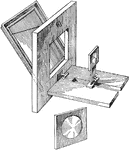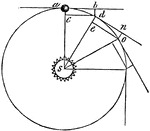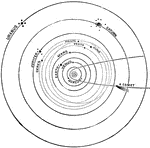Clipart tagged: ‘solar’
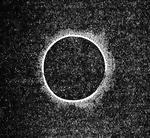
Eclipse
"An Eclipse is an interception or obscuration of the light of the sun, moon, or other heavenly body…
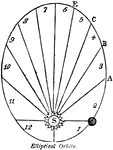
Elliptical Orbit
"The elliptical circle being supposed to be the Earth's orbit, with the Sun, S, in one of the foci.…

Solar Microscope
"This consists of two lenses, one of which is called the condesner, because it is employed to concentrate…
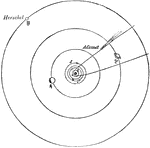
Planet Distance
"Relative distance of the Planets. Having now given a short account of each planet composing the solar…
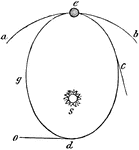
Planet Motion
"Elliptical Orbits.—It has been supposed that the Sun's attraction, which constitutes the Earth's…

Solar Spectrum
"Solar Spectrum.—If a ray, proceeding from the sun, be admitted into a darkened chamber, through…
